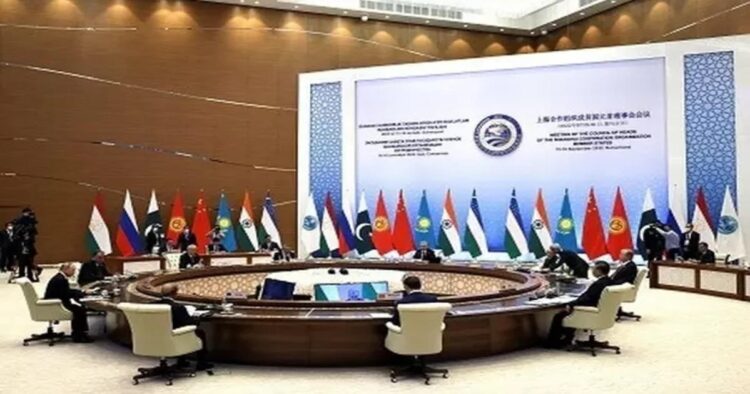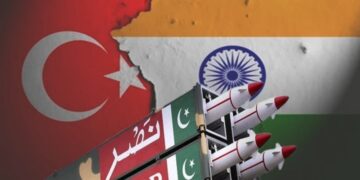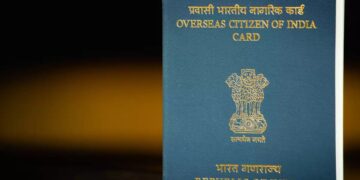On July 4th, leaders from across the globe will gather in Astana, Kazakhstan, for the 24th Meeting of the Shanghai Cooperation Organization (SCO) Council of Heads of State. This summit marks a significant moment for the SCO, as leaders reflect on the organization’s activities over the past twenty years and discuss future avenues for multilateral cooperation.
External Affairs Minister S Jaishankar will lead the Indian delegation, emphasizing India’s commitment to the SCO’s principles. India’s priorities within the SCO are encapsulated by Prime Minister Narendra Modi’s vision of ‘SECURE’: Security, Economic cooperation, Connectivity, Unity, Respect for sovereignty and territorial integrity, and Environmental protection.
Kazakhstan, under President Kassym-Jomart Tokayev’s leadership, has taken over the presidency of the SCO from India. President Tokayev has proposed initiatives such as the creation of a joint investment fund, underscoring Kazakhstan’s dedication to advancing regional cooperation.
Ahead of the summit, Prime Minister Modi conveyed his full support for its success during a recent conversation with President Tokayev. The leaders reaffirmed their commitment to strengthening bilateral strategic partnerships and expressed optimism about Kazakhstan’s role in enhancing regional cooperation.
The SCO, a permanent intergovernmental organization, aims to foster cooperation across various domains including politics, trade, economy, science, culture, and environmental protection. It seeks to promote mutual trust and stability among member countries while contributing to a fair and democratic international order.
ALSO READ: “India’s Strategic Impact in the SCO: Enhancing Eurasian Relations”
During the COVID-19 pandemic, virtual platforms facilitated SCO summits, highlighting the organization’s adaptability in addressing global challenges.
As leaders convene in Astana, discussions are expected to cover topical issues of regional and global significance, reaffirming the SCO’s role in promoting peace, security, and prosperity in Eurasia and beyond.

















Comments